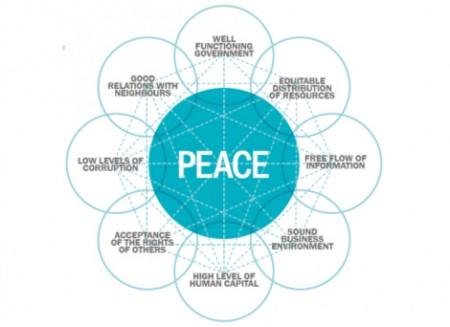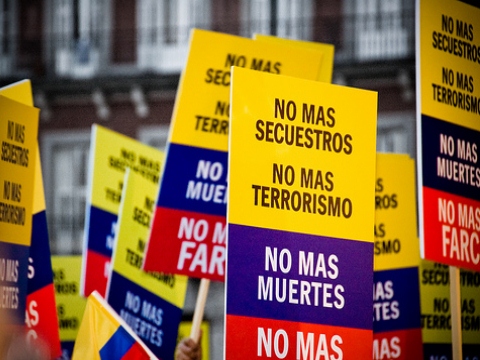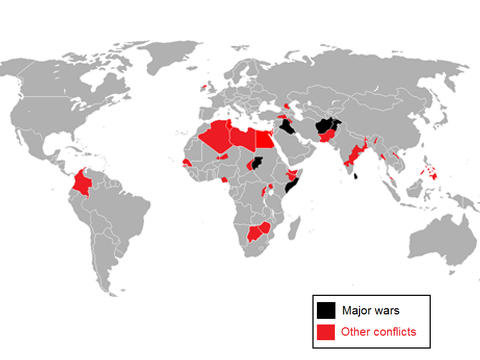
One of the major challenges facing the peacebuilding and development community today is how to balance short term humanitarian assistance with long term efforts to build capacity and resilience. We see this tension played out in many countries receiving significant overseas development assistance (ODA). Part of the problem is a lack of reliable data which, in turn, affects our ability to understand the effectiveness of the resources that international donors have channeled into peacebuilding efforts. This does not imply that these efforts are failing, but rather that we don’t know enough about their impact and the extent to which they are making progress towards building long-term capacity and resilience.
To help monitor and evaluate the long term progress of countries, the Institute for Economics and Peace (IEP) has developed a framework that analyzes data and attitudinal surveys in conjunction with current thinking about the long term drivers of peace, resilience and conflict. Recently launched in Geneva, the Pillars of Peace report identifies the attitudes and structures that typically underpin peaceful societies. The report shows that countries which tend to be more peaceful have a number of characteristics in common. For instance, peaceful countries are more equitable, have lower levels of corruption and higher levels of human capital. This shows that development assistance needs to look beyond short term efforts to contain violence and instead focus on the slow moving but underlying ‘Pillars’ that support peaceful societies.


